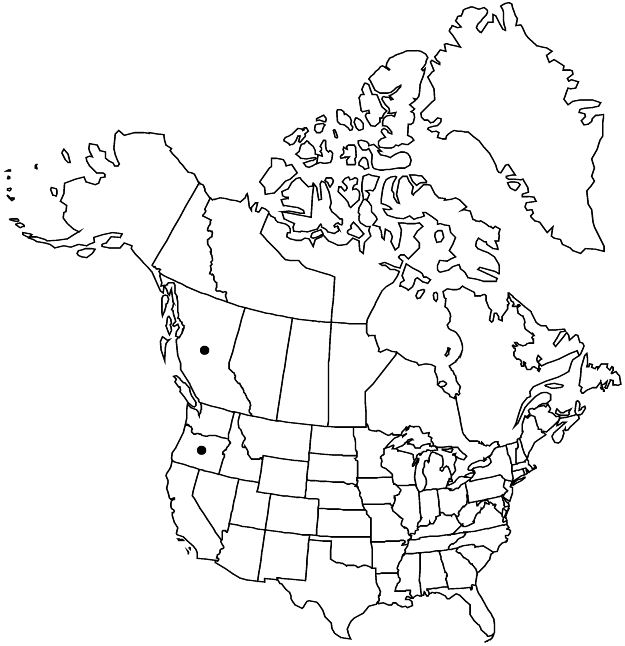Rubus vestitus
in M. J. Bluff et al., Comp. Fl. German. 1: 684. 1825.
Shrubs, 10–20 dm, armed. Stems biennial, arching, usually densely, sometimes moderately, hairy, usually eglandular, sometimes sessile to short-stipitate-glandular, not pruinose; prickles moderate to dense, recurved to erect, slender, 3–10 mm, broad-based. Leaves deciduous or ± persistent, palmately compound; stipules filiform to linear, 5–15 mm; leaflets 3–5, terminal usually suborbiculate to orbiculate, sometimes broadly elliptic, 4–9 × 4–8 cm, base rounded to shallowly cordate, unlobed, margins moderately to coarsely serrate, apex acute to cuspidate, abaxial surfaces with hooked prickles on midvein, densely white-gray to gray-green tomentose, eglandular or obscurely short-stipitate to sessile-glandular along midveins. Inflorescences terminal, 7–35-flowered, cymiform or thyrsiform. Pedicels: prickles moderate to dense, recurved to erect, densely hairy, moderately to densely stipitate-glandular. Flowers bisexual; petals pink to magenta, elliptic to suborbiculate, 6–12 (–15) mm; filaments filiform; ovaries apically hairy. Fruits black, globose, 1–1.5 cm; drupelets 15–40, coherent, separating with torus attached. 2n = 28.
Phenology: Flowering Jul–Sep.
Habitat: Woodland edges, open areas, disturbed areas, in moist soil
Elevation: 0–600 m
Distribution

Introduced; B.C., Oreg., Europe
Discussion
Rubus vestitus can be distinguished, especially from the closely related R. bifrons and R. ulmifolius, by its long-stipitate-glandular hairs, particularly in the inflorescence, and terminal primocane leaflets that are typically suborbiculate and abaxially densely tomentose. Rubus allegheniensis can possess similar glandular hairs; it does not have pink petals, thyrsiform inflorescences, and rounded and abaxially densely tomentose, often whitened terminal leaflets.
Rubus vestitus has not yet been found in Washington, but it is likely there. Because of the overall similarity of R. vestitus to R. bifrons, it is possible that this potentially weedy species is widespread, but rare and possibly overlooked, occurring as far south as California. In Oregon, R. vestitus prefers shady habitats (B. Wilson, pers. comm.).
Selected References
None.
Lower Taxa
"thin" is not a number."dm" is not declared as a valid unit of measurement for this property.